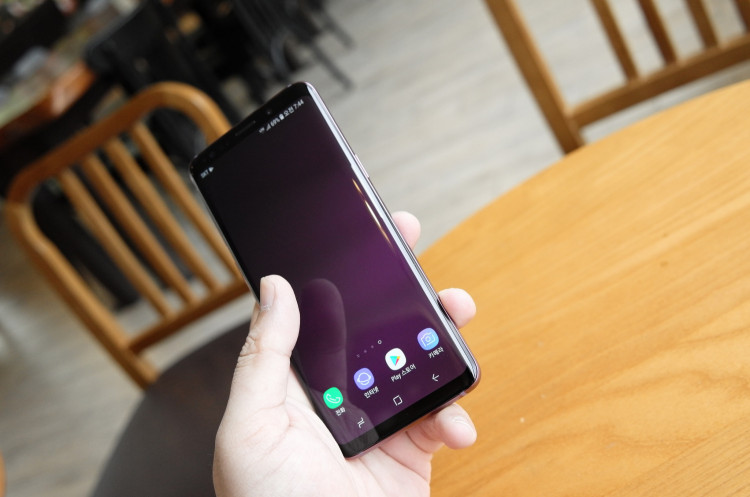With 2018 winding down, Samsung Galaxy S series followers are eager to find out what the next flagship will have to offer. The screen display is one of the chief components to look forward to and there is now growing belief that the Korean tech giant may finally use in-display fingerprint sensor technology for added biometric security.
According to Lets Go Digital, a new patent may further alleviate the belief. Titled "Method for acquiring biometric information and electronic device supporting the same," this new potential new technology was reportedly filed in with the USPTO and WIPO in April last year. The patent was granted and published on Oct. 18.
Tying it up with the potential screen display capabilities of the Samsung Galaxy S10, it hints at possibly seeing a device that could have under-screen fingerprint scanners that would be faster than the usual in-display fingerprint scanners growing in popularity to date.
The difference with the said technology is that users may no longer have to touch a specific point on the screen, meaning it would be faster than the ultrasound in-display fingerprint features that phones such as the Oppo K1, OnePlus 6T or even the Vivo V11 Pro.
This bodes well for folks who use their devices on online transactions. But will the Samsung Galaxy S10 have the firepower to back it up?
According to MS Power User, Samsung could end up adding a second low-end processor to support the fingerprint scanner. The biometric feature would use the screen to illuminate the finger using a special scanning High Brightness Mode - needing three scans that differ in terms of brightness. The result of this would be better and secure authentication for eventual phone owners.
Even more impressive is the fact that the fingerprint sensor would not be limited to the bottom middle part of the phone. If the illustrations rendered are any indication, it seems that the biometric technology will fill the entire display, making it easier to authenticate or unlock, Wssftech said.
Looking ahead, it may also mean that Samsung could be making use of the said technology on other phones. It will all depend on how well the Samsung Galaxy S10 would perform, hopefully, a feature that will not slow down the device overall when in use.
Also worth noting in the drawings is the presence of a notch. For those who may have noticed, this is one key iteration on Samsung Galaxy devices. It does call to mind the Samsung Galaxy S6 although they may be minor concerns compared to the new technology that now has most glued on what the Samsung Galaxy S10 will have to offer.


